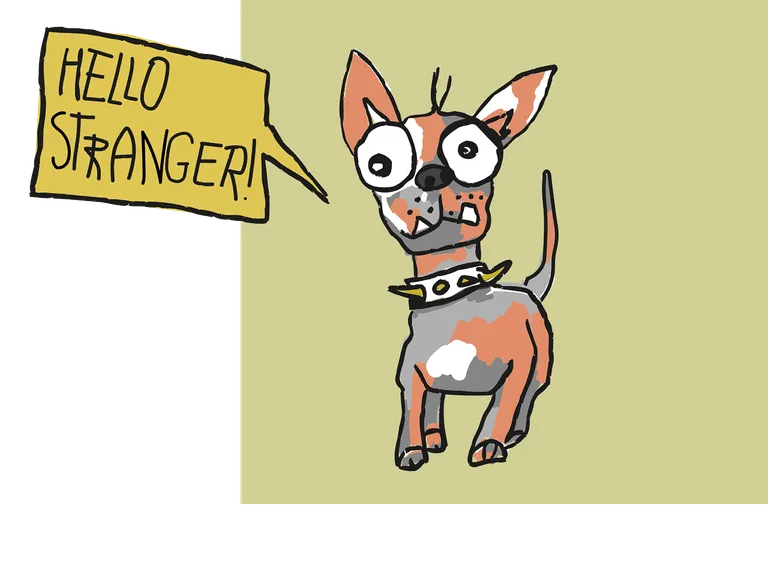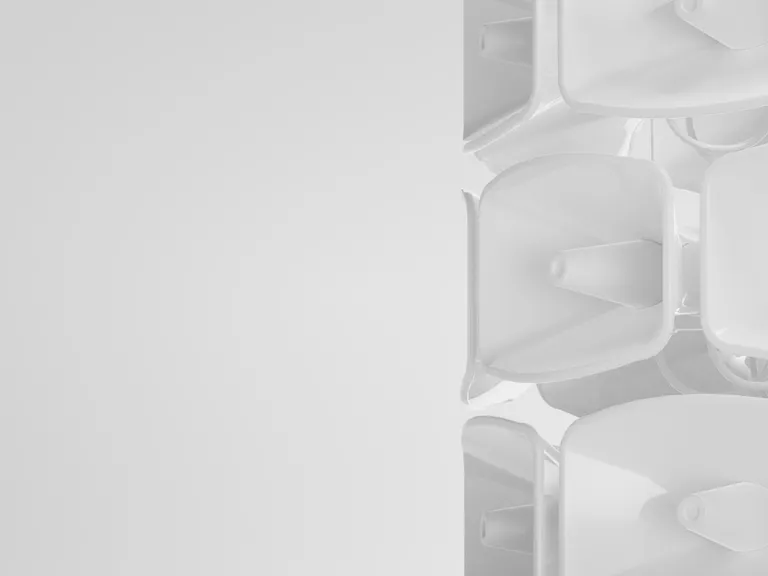Security / High Availability
Three Systems United – Without Waking the Dogs
By migrating three heterogeneous legacy systems into a single unified platform, a consistent, multilingual data foundation was created. Cross-location customer information is now centrally accessible. A smooth transition with parallel operation ensured both acceptance and continuity, while modern technologies paved the way for future innovation.

Key data at a glance
Tasks
Roles
Products
Challenge
Alarm systems are complex – with countless parameters: fire, intrusion, tampering, personal emergency – each system requires its own configuration. Who gets alerted when? Which measures apply to which scenario? Time-based rules, holiday exceptions, multi-level notifications – all of this had to be managed separately across three different branches, each with its own system and data structure.
But that wasn’t all: three legacy applications with inconsistent data and differing ID schemes had to be merged into one harmonized system – without downtime and without data loss. Customer data needed to be made accessible across locations, schedules consolidated, and multi-language support introduced. The challenge: build a system that not only unifies everything, but also stays reliable, consistent, and ready for the future.
Success
Three systems, three locations, three different data structures – now merged into one unified platform. Customer information is now accessible across all sites, and alarm systems along with responsibilities can be managed centrally. Instead of parallel setups, there’s now one shared application and a consolidated database used by all branches.
This harmonization not only brings clarity, but also lays the foundation for what’s next: standardized alarm processing, consistent data management across connected systems, and new automation possibilities.
The transition was smooth and structured – no abrupt switch, but a controlled parallel operation that built trust. This soft handover turned out to be key to success. At the same time, the migration modernized the technical foundation – enabling the continuation of existing developments and accelerating future innovation.

Approach
Three systems, three languages, one goal: a unified structure. To achieve this, data was organized based on an original schema depending on language and optimized with additional consistency checks. Static base data had to be linked, identical information from different systems had to be identified, and everything merged into a single consolidated dataset. Specially developed mechanisms enabled systematic comparison and precise assignment.
A flexible bulk migration process was developed to allow step-by-step migration and continuous optimization of the mapping mechanisms. Users could individually control whether single or entire equipment packages were migrated.
The new solution went live in parallel with the existing application after one and a half years. Within a year, all customer systems were fully migrated. Thanks to the modern technology stack, further innovations were implemented on top of that - such as automation features including voice call integration or a more detailed classification of customer systems. Continuous development of new features is already underway.
The following steps were implemented in the project:
- Data modelling for consistent and language-specific data
- Development of mapping mechanisms for merging data from three systems
- Data analysis and cleanup together with the client as preparation
- Migration control in both legacy and new systems
- Development of a new ASP.NET web client with the same functionality as the legacy system, but with a new structure and multilingual interface
- Migration from the existing live system with continuous validation and correction through iterative migration runs
Tech Stack
Methods & Paradigms
SCRUM / agil
DevOps
Architecture
UML
Design Patterns
SDL
ooT, ooA, ooD, ooP
Server Technology
MS Internet Information Server
Database Technologies
MS-SQL Server
OR Mapper
Languages & Frameworks
C#.NET
ASP.NET MVC
Communication Technologies
JSON
Web Development Technologies
HTML
Java Script
Communication / Protocols
HTTP(S)